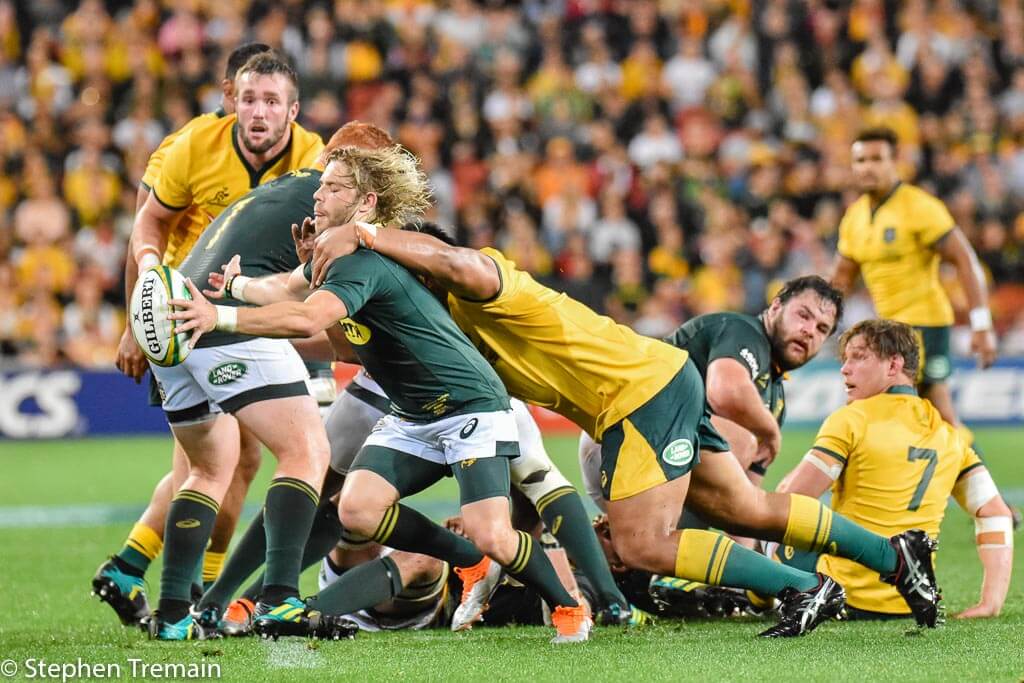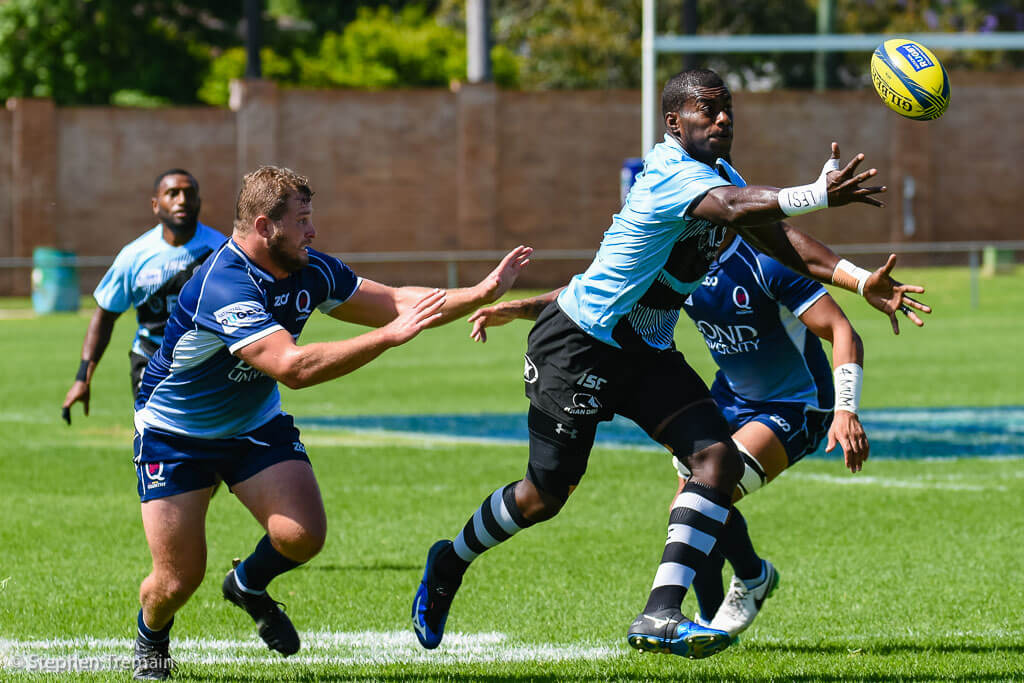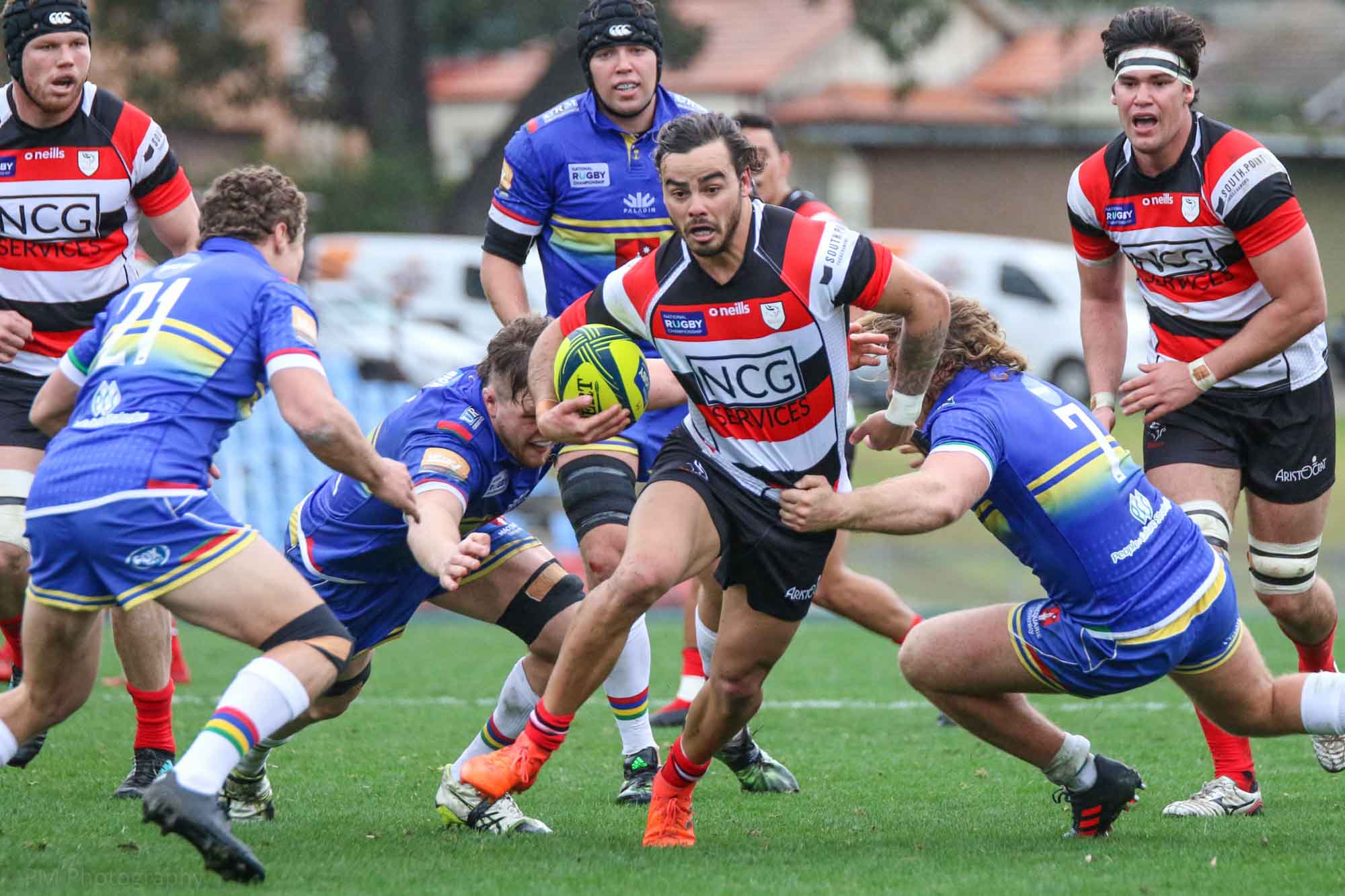Scheduled Website Maintenance
We’re currently in the process of moving to a new and improved server environment. During this transition, the website may experience brief interruptions or temporary outages.
We appreciate your patience while we complete this upgrade. Service will return to normal shortly, with improved performance and reliability.
Thank you for your understanding.
There has been a lot of discussion about the future of international and Australian rugby this year. The proposal of a World League linking the Six Nations and Rugby Championship (TRC) tournaments as well as the decision to scrap the Sunwolves have filled the headlines, and it doesn’t stop there. There are strong rumours that the National Rugby Championship (NRC) is going to be scrapped, and a broadcasters’ wish list published by the Sydney Morning Herald indicates that we should expect significant changes to Super Rugby and TRC in the next few years.
2020 is already essentially set in stone. Even the expulsion of the Sunwolves from Super Rugby has been postponed until 2021 as the various broadcasters’ contracts all extend until the end of the 2020 season. As a result, 2021 represents a rare opportunity to shake-up the system, and it’s worth considering what the broadcasters are hoping for and the trade-offs that must be considered.
If no further change occurs, Super Rugby will revert to a 14-team round robin format in 2021. For the Australian teams (excluding those that make the finals – and there are no guaranteed finals spots starting in 2021) that means:
- 2 of 13 games will be in South African time zones,
- Only 3 of 13 games will be against Australian opposition,
- There will be only 6-7 home games per season,
- Only 1-2 home games will be played against Australian opposition per season (down from 4 currently), and
- Each team will play only 13 games of rugby in total.
This last point simply falls short of the standards expected in professional sport. I would go so far as to say that it falls short of the standards expected in amateur sport –Shute Shield teams play 18 games per season while Premier Rugby teams play 16.
Further comparison with other competitions makes it look even worse. English teams play 22 games a season in the Premiership, while Pro14 teams (from Ireland, Scotland, Wales, Italy, and South Africa) play 21 games a season. NRL teams play 24 games a season and AFL teams play 22. Though there is some unevenness to these comparisons because Test matches supersede club footy, even a historical comparison with itself makes 2021’s version of Super Rugby look bad – between 2011-2015 and 2018-2020, Super Rugby teams played 16 games each.

The broadcasters’ wish list includes a suggestion that TRC move to a tour-based itinerary with midweek games against Super Rugby franchises. Georgina Robinson says that “the Springboks would tour Australia for two Tests in a row, for example, bringing across an expanded squad to make possible midweek games against Super Rugby sides.” This fixes the issue involving the reduction in Super Rugby home games per season starting in 2021 and would create a lot of income for Super Rugby franchises. It also resolves the under-discussed issue of there being only 1-2 first-class rugby games per week to watch during TRC, as this number would effectively double. Perhaps most importantly, a tour-based itinerary fits with the traditions of rugby (while a World League competition does not).
You could say that I am broadly in favour of such an arrangement. It could even be expanded to the June Internationals. This would have even more benefits, such as keeping Super Rugby teams in the minds of fans while Super Rugby hits the pause button. If the new calendar has the June Internationals taking place after Super Rugby, then it would provide a link between Super Rugby and TRC. Tours with midweek games have certainly worked for the British and Irish Lions, which consistently ranks among the most watched and attended sporting teams in the entire world (though the scarcity and prestige of their games probably has something to do with this). These midweek tour games can also create a lot of prestige – who can forget when the Brumbies beat the Lions in 2013?
But there is an unanswered question here: Australian Super Rugby sides typically disband after the tournament is over. Their players split between their national sides and the NRC. To make the tour-based itinerary work, Super Rugby franchises would need to fill the gaps created by the elevation of Test players. Considering that Australian NRC talent being concentrated in seven teams (down from nine in 2015) has still resulted in the one foreign team winning the competition, and with further high-quality Pacific Island teams set to be added it’s not really possible for the NRC to continue to exist without substantially diluting the quality of the domestic portion of competition to an amateur level and thus removing its raison d’être.

This seems like a beneficial trade-off for Australian rugby as it would receive a substantial increase in revenue from the international games hosted by Super Rugby sides and would no longer have to continue to fund the NRC. The British and Irish Lions gave game time to 43 players during their tour of New Zealand in 2017, and if we use this as a guide (though the Lions tour was slightly longer) we can say that as many as 20 extra players will be getting valuable experience playing for the Wallabies. All 43 of these players need to be replaced by the Super Rugby franchises as well, and as these replacements will be playing international teams rather than other Super Rugby teams the argument could even be made that the experience is more valuable than regular Super Rugby games. Certainly, it is more valuable than NRC experience, and the addition of 43 players to the professional setup in Australia goes a long way to making up for the loss of 6 teams (not 7, as the Western Force are privately funded and also play in the Global Rapid Rugby competition) through the cutting of the NRC – 4 of which would effectively be replaced by the extension of the Super Rugby teams’ existences.
It is uncertain whether the other SANZAAR nations would concur on this point. The Currie Cup has a history which predates Super Rugby by more than a century. The Mitre 10 Cup is also well-loved in New Zealand and dates back to 1976, though arguably the glory days of the National Provincial Championship are past.
But these circumstances are very different from Australia’s. For example, the South African Super Rugby teams also play in the Currie Cup, so no post-Super Rugby disbanding occurs. Additionally, the Mitre 10 Cup already has a history of being altered, such as in 2006 when its predecessor (the National Provincial Championship) was split into the Mitre 10 Cup and the amateur Heartland Championship. These competitions could potentially be merged again to reform the NPC. It is really only the NRC which would need to be discontinued to allow for the tour-based version of TRC to become reality.

The NRC has its benefits and I do not want to come off as an opponent of the competition. I welcomed the original Australian Rugby Championship with open arms in 2007 and cherish my Central Coast Rays v Western Sydney Rams ball signed by a young Kurtley Beale among others, but the fact is that the ARC was canned due to financial losses it accrued. Considering that only half the games of the NRC are televised, none of them are on free-to-air TV, and the streaming service has insufficient technical support to prevent it from constantly buffering, I highly doubt whether this has significantly changed – even with the addition of the popular Fijian Drua.
While players do get experience out of the NRC, it is not the third tier of professionalism that we were initially promised. The fact is that many players decline selection because the pay is barely sufficient to cover travel and accommodation expenses – less if the player doesn’t manage to appear in at least one third of games. To the viewing public, the existence of a bottom-tier competition that runs after Super Rugby but during TRC (while the NRL and AFL are still running!) is confusing and uninteresting, especially considering the complete lack of marketing for the competition. No regions or cities are represented in the NRC that aren’t also represented in Super Rugby or Global Rapid Rugby, the two-team difference being a result of the fact that NSW and Queensland are split into city and country teams in the NRC.
In short, the tour-based version of TRC is a step in the right direction for Australian rugby, even if it leads to the demise of the NRC. This will improve the commercial value of rugby in Australia and consolidate the identity of the sport into its two most popular and well-known products. Keeping the NRC alive as a ghost of its former self so that amateur players can get thrashed by franchises which are incredibly similar to the Test teams of high-ranking Pacific Island nations does a disservice to Australian rugby, and at no small expense. Conversely, boosting the number of games played by both the Super Rugby sides and the Wallabies while simultaneously improving the quality of opposition to Test level will create revenue for Australian rugby and provide superior professional pathways to the NRC – and for nearly as many players.

